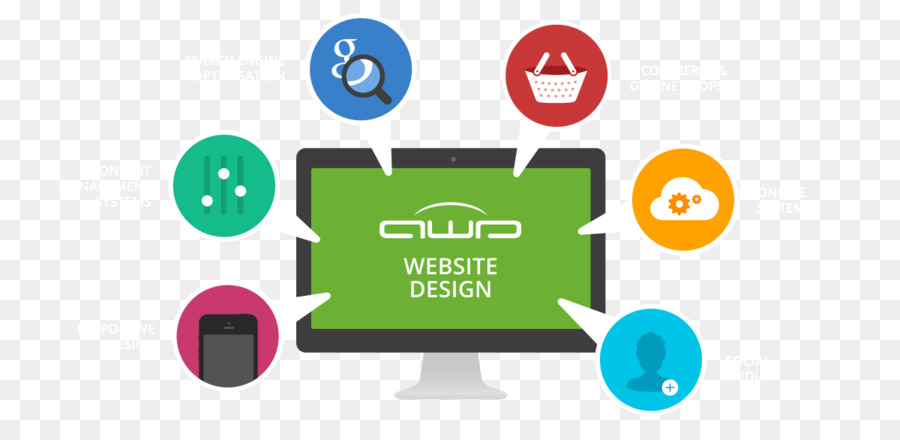Enhance Your Web Site'S Individual Experience And Strive For Layout Quality With Our User-Friendly And User-Friendly Pointers And Techniques
Enhance Your Web Site'S Individual Experience And Strive For Layout Quality With Our User-Friendly And User-Friendly Pointers And Techniques
Blog Article
Created By-Gutierrez Mccarthy
Master the art of website design by focusing on individual experience. Craft instinctive navigation and choose mobile optimization to boost the surfing experience. Ensure very easy navigating with clear headings and appealing visuals. Prioritize mobile responsiveness for a consistent individual experience. By including these crucial layout principles, you can create an easy to use site that mesmerizes site visitors.
Important Design Concepts
When making a web site, prioritize user experience above all else. Your main goal should be to develop a seamless and enjoyable experience for your visitors. Beginning by ensuring that search engine optimization ads is easy to browse. Usage clear headings, arranged food selections, and intuitive buttons to lead customers with your content effortlessly. Remember, simpleness is key. Prevent cluttering your web pages with unnecessary aspects that can bewilder or confuse your target market.
An additional essential style concept is to make sure your web site is aesthetically appealing. Pick a cohesive color pattern, premium photos, and legible typefaces to boost the total look of your website. Uniformity is important in developing a solid brand name identity and making your website much more unforgettable to users.
Furthermore, focus on mobile responsiveness. With even more individuals surfing the internet on their smartphones and tablet computers, it's essential that your web site looks and functions well on all tools. Test your site on various screen dimensions to guarantee a seamless experience for all individuals. By focusing on these crucial style concepts, you can produce an user-friendly web site that keeps site visitors returning for even more.
User-Focused Navigating
To improve customer interaction and streamline their searching experience, prioritize developing intuitive navigating paths that direct visitors effortlessly with your internet site. Clear and well-organized navigating is crucial for aiding users find the information they need quickly and effectively. Begin by keeping your menu structure simple and easy to understand. Usage descriptive tags that plainly suggest what content can be located under each menu choice. Furthermore, think about implementing dropdown food selections for subcategories to prevent congestion the main navigation bar.
An additional key facet of user-focused navigating is using breadcrumbs. Breadcrumbs are a secondary navigation aid that reveals customers their present area on the site and permits them to conveniently browse back to previous web pages. This attribute is especially helpful for users that enter your website through a deep link or an internet search engine result.
In addition, incorporating search functionality prominently on your internet site can better enhance user navigating. A search bar permits customers to swiftly locate particular content without needing to click with several web pages. Make certain that your search bar is quickly noticeable and accessible on every web page of your website for maximum functionality. By focusing on user-focused navigation techniques, you can develop an extra user-friendly and pleasurable browsing experience for your visitors.
Mobile Optimization Techniques
Consider maximizing your site for mobile phones to make certain a smooth user experience throughout different display dimensions. Mobile optimization is crucial in today's electronic landscape where a substantial section of internet browsing occurs on smart devices and tablet computers.
To enhance accessible website design , beginning by carrying out responsive layout techniques. This strategy enables your internet site to adjust to numerous display dimensions, maintaining functionality and visual appeals.
Concentrate on optimizing loading times for mobile customers. Slow-loading internet sites can discourage visitors and impact your search engine positions. Compress photos, decrease HTTP requests, and take advantage of browser caching to enhance filling rate. Additionally, focus on material hierarchy for mobile display screens. Make sure that important details is plainly displayed, and navigation is instinctive, advertising easy access to crucial sections.
Make use of touch-friendly aspects such as bigger buttons and structured types to assist in interaction on smart phones. Conduct complete screening across different mobile systems to determine and correct any type of usability problems.
Verdict
Finally, understanding the art of web design is critical for creating a straightforward web site. By incorporating crucial style concepts, user-focused navigation, and mobile optimization techniques, you can make certain a seamless and satisfying experience for your visitors.
For instance, a regional pastry shop saw a 30% increase in on-line orders after overhauling their internet site to be more easy to use and mobile-responsive. Bear in mind, a well-designed site can make all the difference in bring in and preserving customers.
